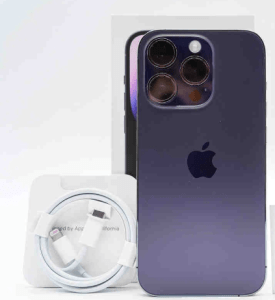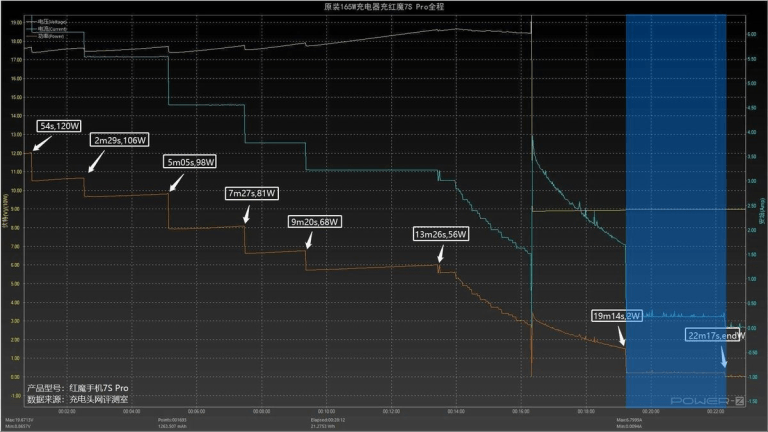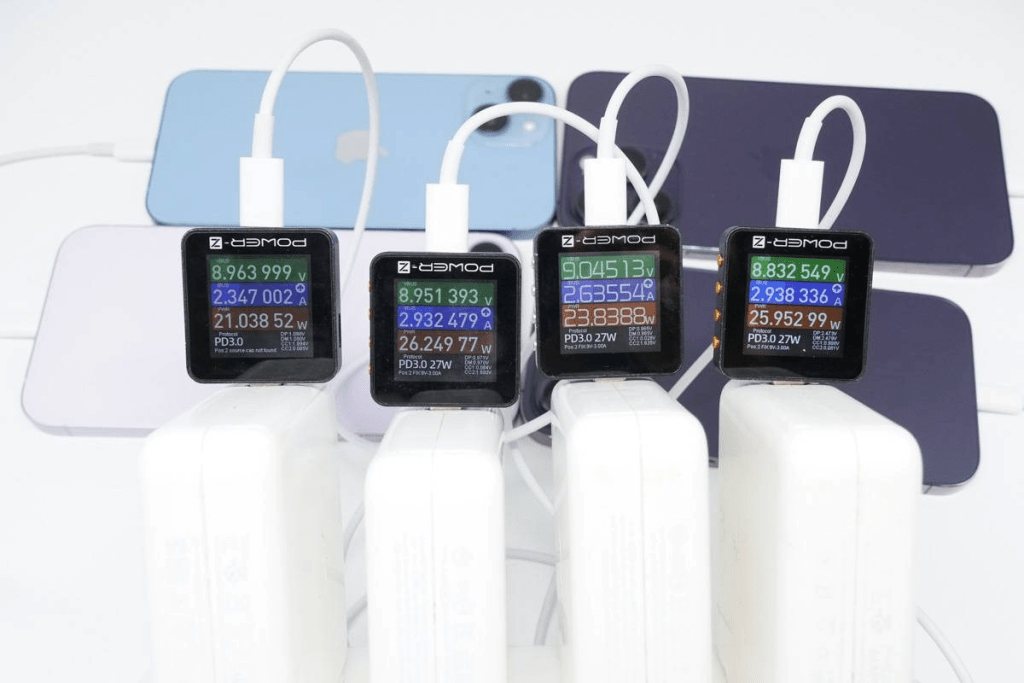What is Trickle Charging?
Trickle charging is composed of two words, “trickle” and “charging.” Charging is easily understood as converting 220V AC power to DC power close to the battery voltage for charging the battery. However, when delving deeper into the topic, the question arises: what is the best way to charge a battery? This involves the concept of “charging algorithms.”

Different types of batteries have completely different charging algorithms and methods. For example, automotive lead-acid batteries use positive-negative pulses, while rechargeable AA nickel-hydrogen batteries use -ΔV. Common lithium batteries found in digital products typically use CCCV (constant current, constant voltage). Moreover, the higher the-end digital product, the more complex the charging algorithm, often involving dedicated charging management chips to control the overall process.
The charging algorithm controls the entire charging process. Taking the simple CCCV algorithm as an example, it starts with a fast constant current (CC) charging stage and transitions to a constant voltage (CV) stage where the current gradually decreases until it triggers termination. In the case of smartphones and other digital devices, they go a step further from CCCV and enter the trickle charging stage in the final phase, where a low current power (around 0.1W) is continuously supplied to charge the device. Trickle charging can be considered as part of the charging algorithm.
What is the Purpose of Trickle Charging?
Trickle charging serves two main purposes: improving saturation and maintaining high battery levels.
1. First, let's talk about improving saturation
It is widely known that the charging process is faster in the early stages and significantly slower in the later stages. Especially with the advent of high-power fast charging, algorithms employ high-current cutoffs to speed up the overall charging process and avoid prolonged waiting times for consumers. However, high-current cutoffs have a drawback: the battery’s saturation level is not very high.
For instance, imagine a cup that, even after being filled with eggs, still has space to fit green beans. High-current cutoffs cannot precisely control the filling limit as they lack fine-grained control. To prevent overcharging, charging algorithms usually set the saturation level to slightly below full charge. After the algorithm cutoff, the trickle charging stage is initiated, allowing a low current to continue filling the remaining fraction of the battery’s capacity, resulting in higher saturation levels.
2. Secondly, trickle charging helps to maintain high battery levels.
Once a battery is fully charged, it gradually loses its charge over time, even when idle. This is known as “static power consumption.” Similarly, batteries installed in smartphones start supplying power to the device’s software and hardware after reaching full charge, resulting in a gradual discharge of the battery. Without a replenishing mechanism, users may experience a decrease in battery level by the next morning even after a full night of charging. To address this, trickle charging is employed to maintain the battery at a high charge level consistently, enhancing the user’s overall experience.
Do All Devices Support Trickle Charging?

The blue area represents the trickle charging state (Red Magic 7S Pro)
Whether a device supports trickle charging depends on its charging algorithm. Currently, mainstream digital devices such as smartphones, tablets, and laptops incorporate trickle charging after reaching full charge. Some devices may completely shut down after being fully charged and resume charging only when the battery level drops below a certain threshold. On the other hand, non-smart digital devices like standalone lithium battery chargers generally use a simple charging algorithm that stops charging once the battery is full and does not employ trickle charging.
Are There Any Drawbacks to Trickle Charging?

As mentioned earlier, trickle charging aims to maintain the battery at a
high level of saturation, and for regularly used devices, there are no
drawbacks to worry about. Users need not be overly concerned as the
charging management chip within the device handles everything in a more
sophisticated manner. Additionally, if the battery is completely
drained, the charging management chip will “pre-charge” the battery with
a minimal current similar to trickle charging before it reaches a
normal voltage range and starts the regular charging process.
The charging and discharging of lithium-ion batteries involve the intercalation and deintercalation of lithium ions, essentially the conversion of electrical energy to chemical energy and vice versa. In the case of charging at a high level of saturation, applying a high current can make the internal chemical reactions more active or cause polarization. Conversely, trickle charging with a low current can reduce the occurrence of polarization, thereby extending battery life to some extent.
For retired devices no longer in use, it is advisable to store them at around 50% battery level. Neither extremely low nor high battery levels are ideal for long-term storage. Additionally, for users concerned about rapid battery degradation due to high charge levels, iPhones offer an “Optimized Battery Charging” feature. This feature charges the phone to 80%, pauses charging for a while, and then resumes to full charge based on the user’s charging habits. Some laptops also allow setting a charging threshold to improve battery health. However, these features are unrelated to trickle charging and simply represent alternative approaches to battery maintenance.
In conclusion, this discussion on trickle charging has explored its relevance as part of the charging algorithm. Most digital products incorporate trickle charging during the charging process, using a low current to continue charging, the power will be charged to a higher saturation, and high-power fast charging against each other to improve the charging experience, there is no harm.
